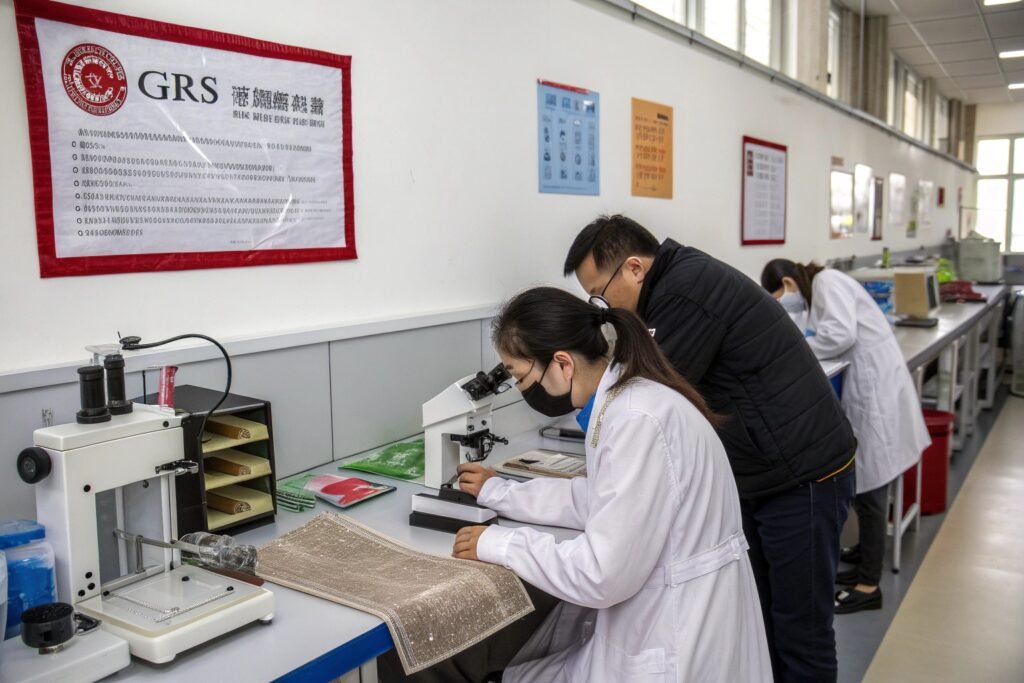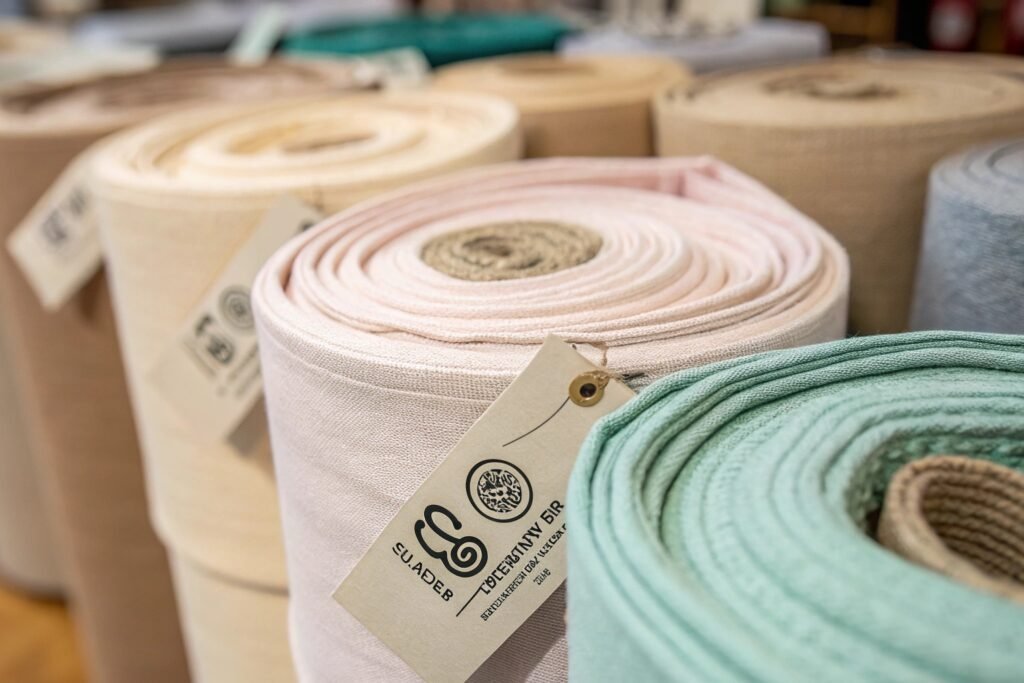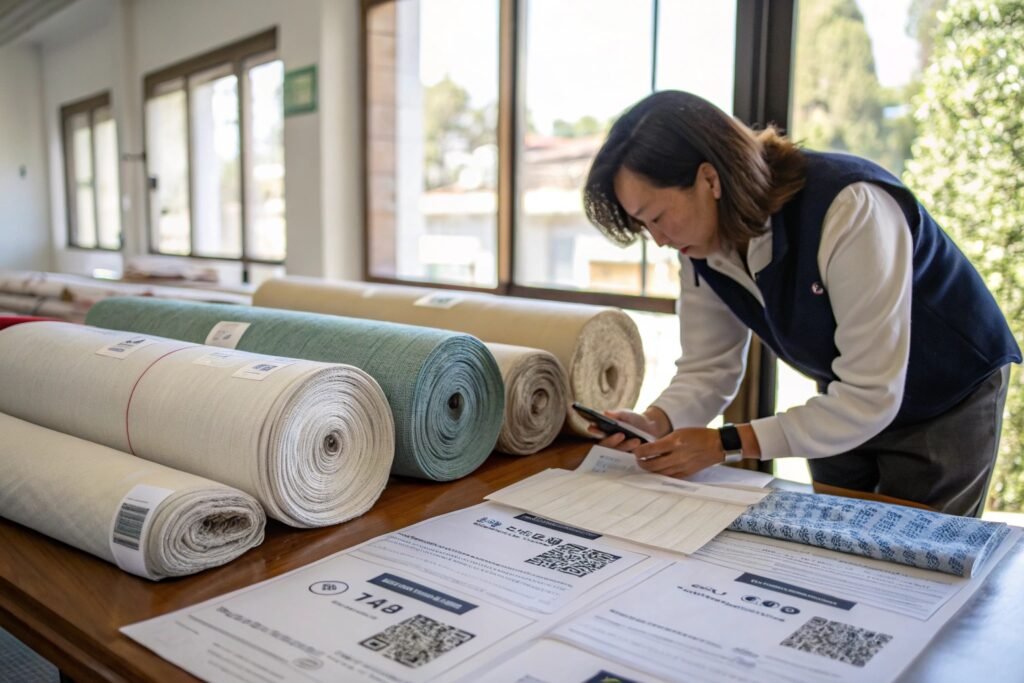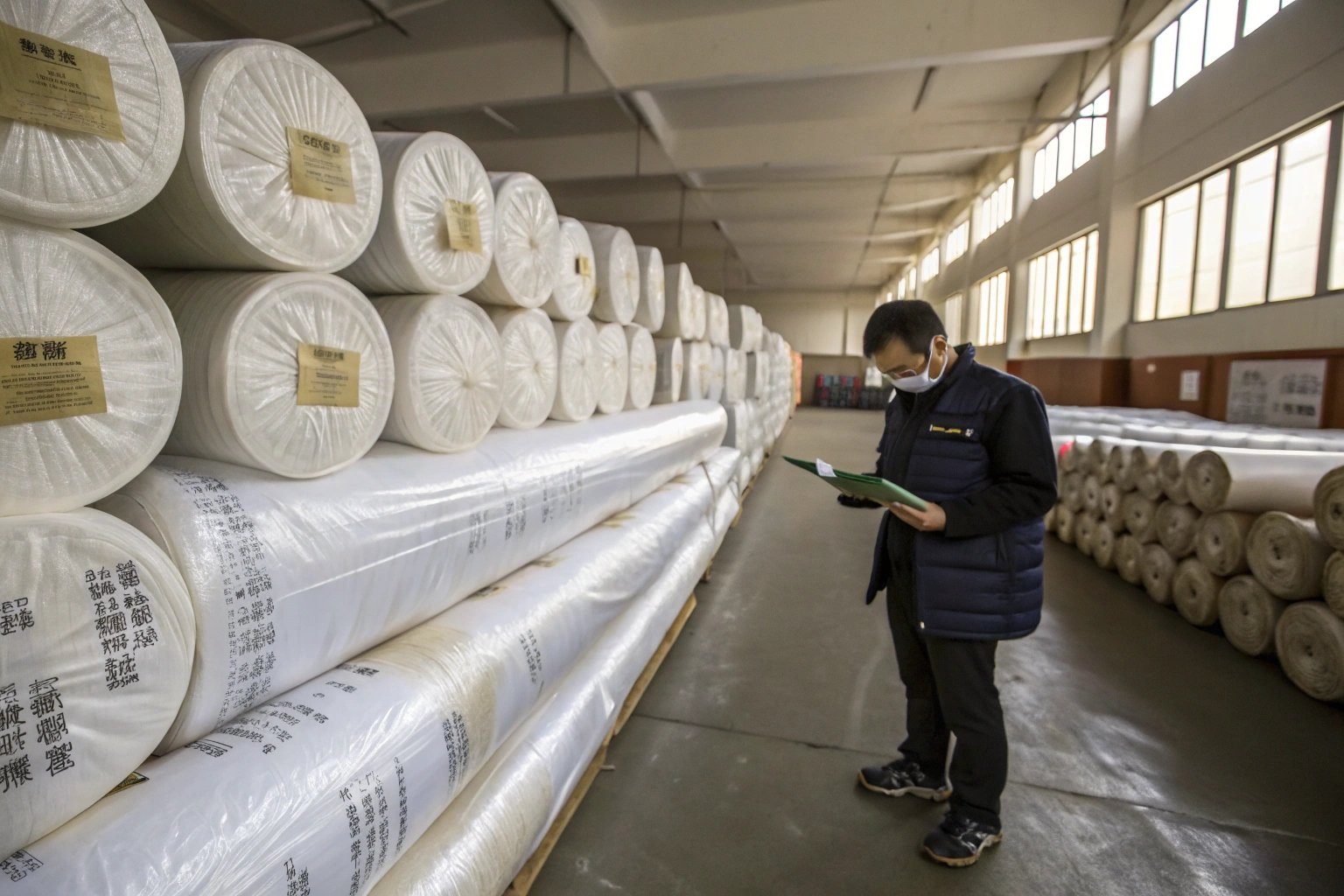In the age of sustainable sourcing, deadstock fabrics have become a popular solution for brands seeking ethical supply chain alternatives. However, as this demand grows, so does the confusion around certification, traceability, and legitimacy—especially when it comes to sourcing GRS-certified deadstock.
You can source GRS-certified deadstock fabrics ethically from verified recycling mills, sustainable sourcing platforms, and suppliers with transparent chain-of-custody documentation. Look for traceability, proper certification numbers, and supplier reputations.
This article breaks down what GRS certification really means for deadstock, how to verify legitimacy, and where to find trusted partners to meet your sourcing goals without greenwashing.
What Is GRS Certification and Why Does It Matter?
GRS (Global Recycled Standard) is one of the most respected certifications in sustainable fashion. But in the case of deadstock, it’s not enough to just “say recycled”—documentation is everything.
GRS certification ensures that recycled materials—including deadstock—are tracked across the supply chain, meet environmental criteria, and exclude toxic inputs or labor exploitation.

What Does GRS Certification Cover in Deadstock?
While GRS is primarily used for post-consumer and post-industrial recycling, certified deadstock must also meet criteria for traceability, chemical usage, and fair labor compliance. Learn more at the Textile Exchange official page.
It’s not enough that the fabric is surplus—the source must be documented, controlled, and independently audited.
How Can You Verify a GRS Certification?
Each GRS-certified supplier receives a scope certificate and transaction certificate (TC). Always request these documents with matching lot numbers. You can verify active suppliers using the Control Union certification directory.
If a vendor cannot supply these, be cautious—they may be reselling uncertified or expired stock.
Which Sourcing Platforms Offer GRS-Certified Deadstock?
As sustainability becomes mainstream, a few platforms now specialize in connecting designers and buyers to certified waste-reduction supply.
You can find ethically sourced, GRS-certified deadstock on platforms like Queen of Raw, Foursource, and Global Recycled Standard-partnered vendors.

What Is Queen of Raw and How Does It Work?
Queen of Raw is a pioneering deadstock marketplace that lets users filter by certification, including GRS. You’ll find listings from major mills and fashion houses selling surplus that would otherwise go to landfill.
Each fabric comes with metadata like origin, composition, and verification type, making it easier to align with sustainability reports.
Are There B2B Platforms Focused on Recycled Fabrics?
Yes. Foursource offers search filters for GRS-certified suppliers. Many of these partners are direct mill sources in China, India, and Turkey, which reduces the number of middlemen and improves chain-of-custody integrity.
Also, check the Common Objective database for curated ethical suppliers, including recycled content and circular solutions.
How Do You Audit a Supplier’s Deadstock Legitimacy?
In the deadstock world, false claims are common. So due diligence is crucial to ensure you're not falling for greenwashing or false labeling.
To ethically source GRS deadstock, verify the supplier’s certification status, request transaction certificates, inspect QC records, and check consistency across purchase orders and lot labels.

What Questions Should You Ask Before Ordering?
Here’s a checklist to assess supplier credibility:
- Are you a GRS-certified trader or manufacturer?
- Can you provide valid transaction certificates (TCs)?
- Where was the fabric originally produced and for which client?
- Has the fabric been stored under contamination-free conditions?
You can review sample GRS scope certificates here for format and structure understanding.
Can You Track the Origin of Deadstock Fabric?
Yes—if it’s properly handled. Some mills provide QR-coded lot labels linked to the TC and lab test report, offering digital traceability. Platforms like Texloop and Reverse Resources are pushing digital traceability in fabric waste management.
Which Regions Are Best for GRS Deadstock Sourcing?
Some textile hubs have stronger recycling networks and better GRS compliance than others. Choose wisely based on infrastructure, documentation culture, and oversight.
China (Keqiao), India (Tirupur), and Turkey (Istanbul) are the top regions for GRS-certified deadstock, offering scalable quantities and faster delivery from existing inventories.

Why Is Keqiao a Leading Deadstock Source?
As the largest textile hub in the world, Keqiao hosts thousands of mills—many GRS-certified. Local fabric inspectors and finishing plants handle recycled fabrics, leftover dye runs, and defect-screened lots in bulk.
Fumao Fabric, for example, offers real-time QR-coded GRS lots in multiple compositions. Explore listings on fumaofabric.com.
What Makes India and Turkey Strong Alternatives?
India’s Tirupur cluster focuses on knitwear deadstock with many vendors offering OEKO-TEX and GRS compliance. Turkey, being closer to Europe, provides short lead times and strong auditing systems under GRS/GRSL standards.
You can find certified partners via Amfori BSCI and the Textile Exchange member list.
Conclusion
GRS-certified deadstock is one of the most sustainable ways to source fabric—when done right. It diverts waste, cuts emissions, and meets growing buyer demands for transparency.
By working with verified platforms, requesting transaction certificates, and sticking to trusted sourcing regions, you can source ethical deadstock confidently—without compromising on performance, style, or compliance.










